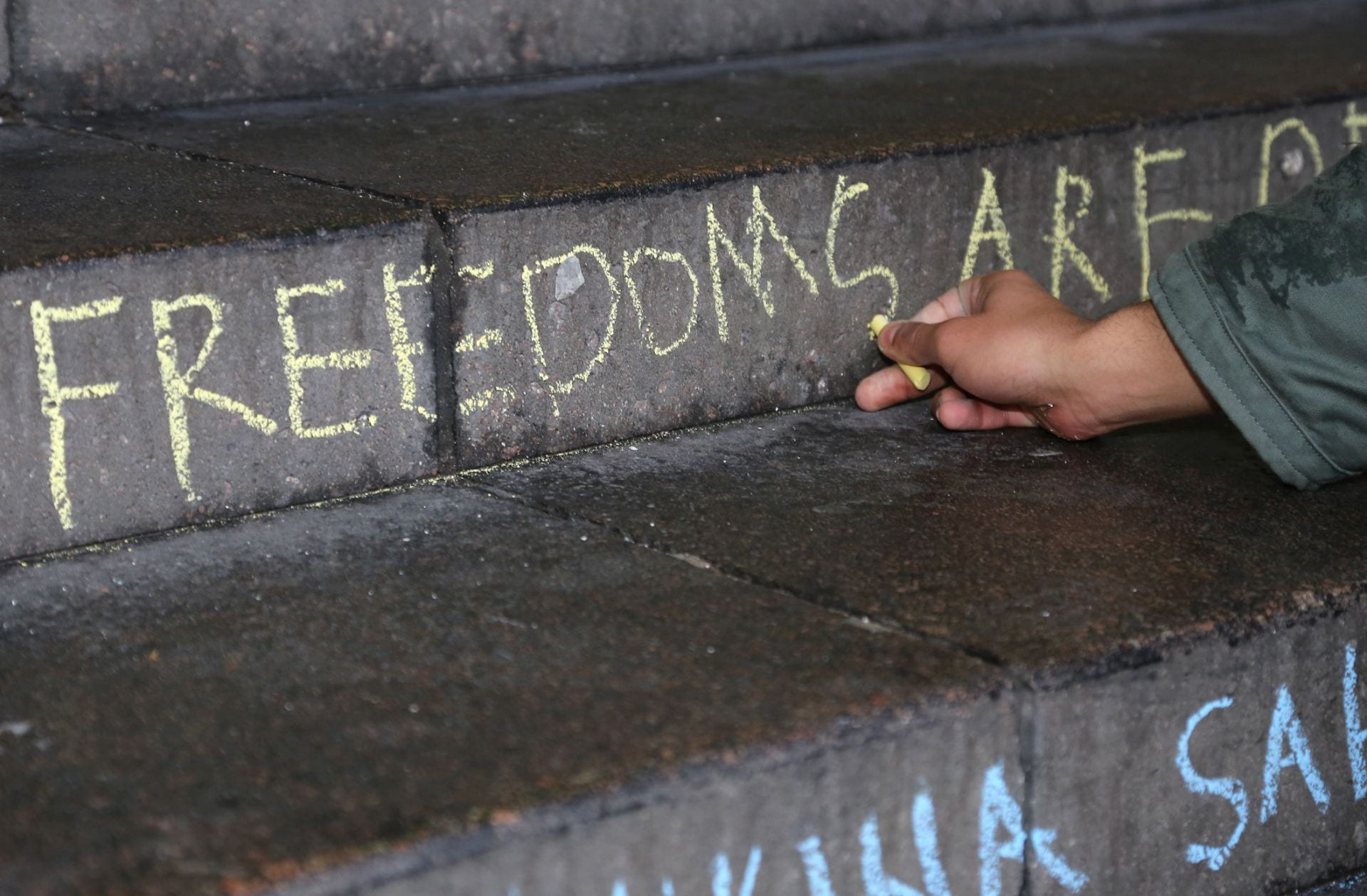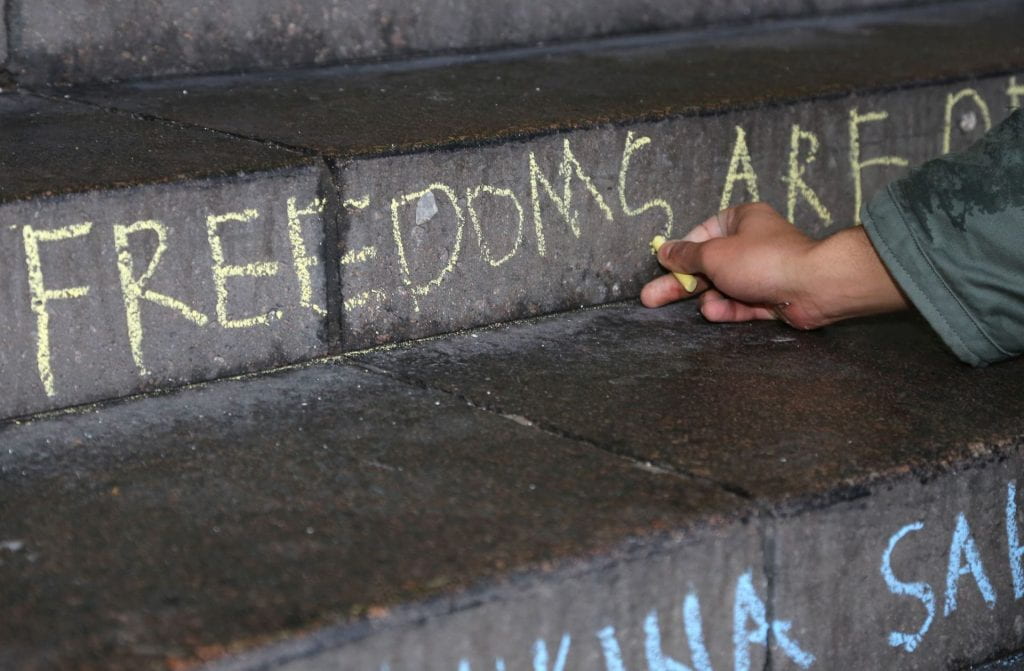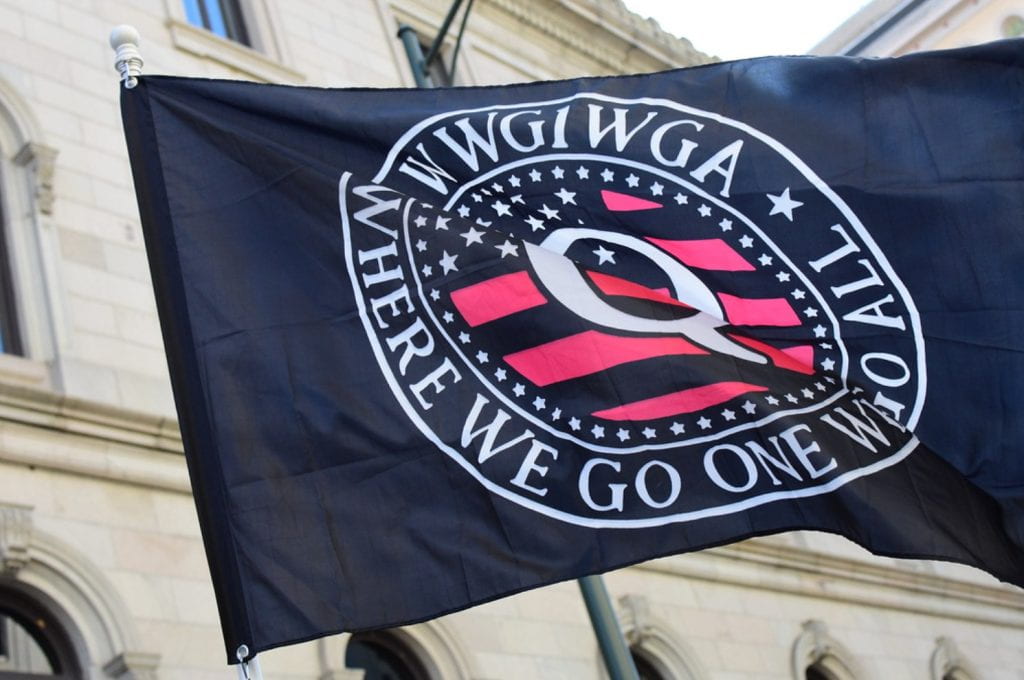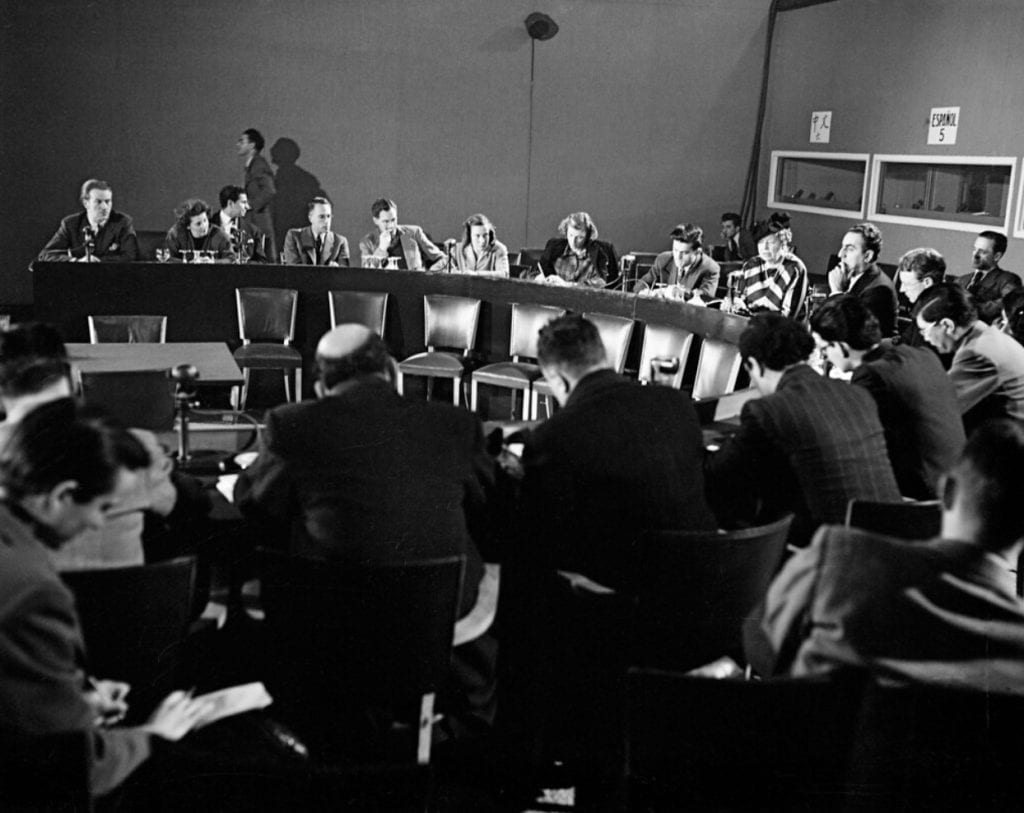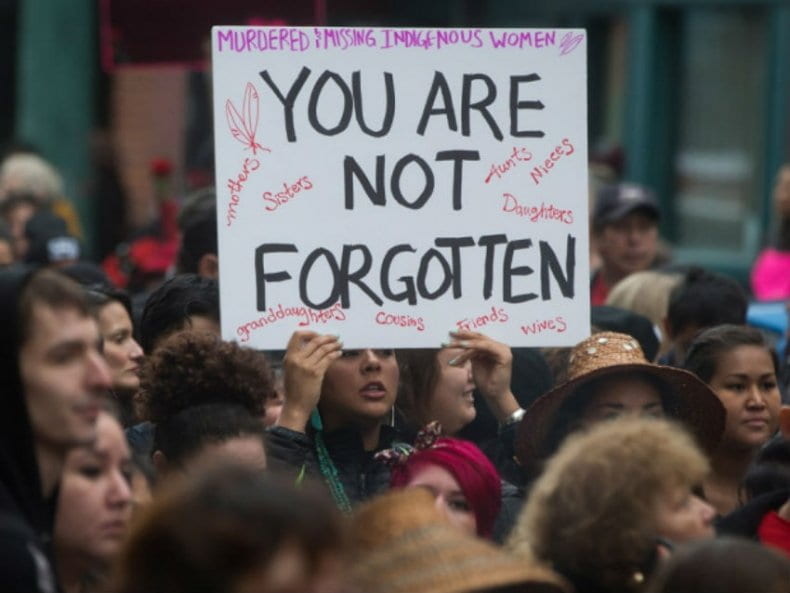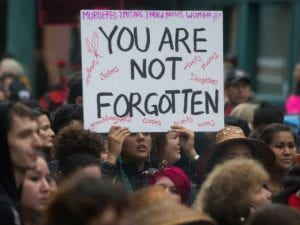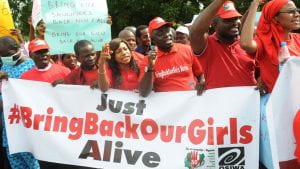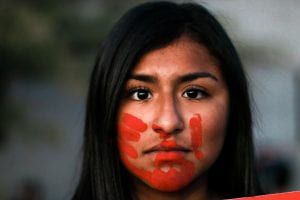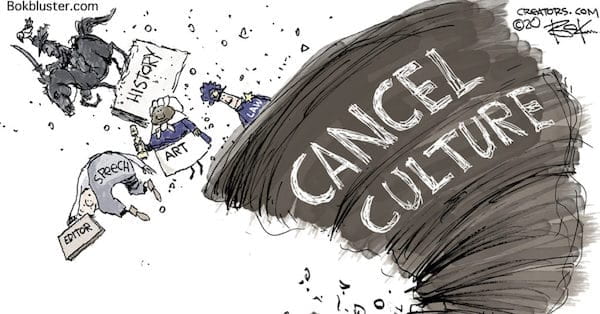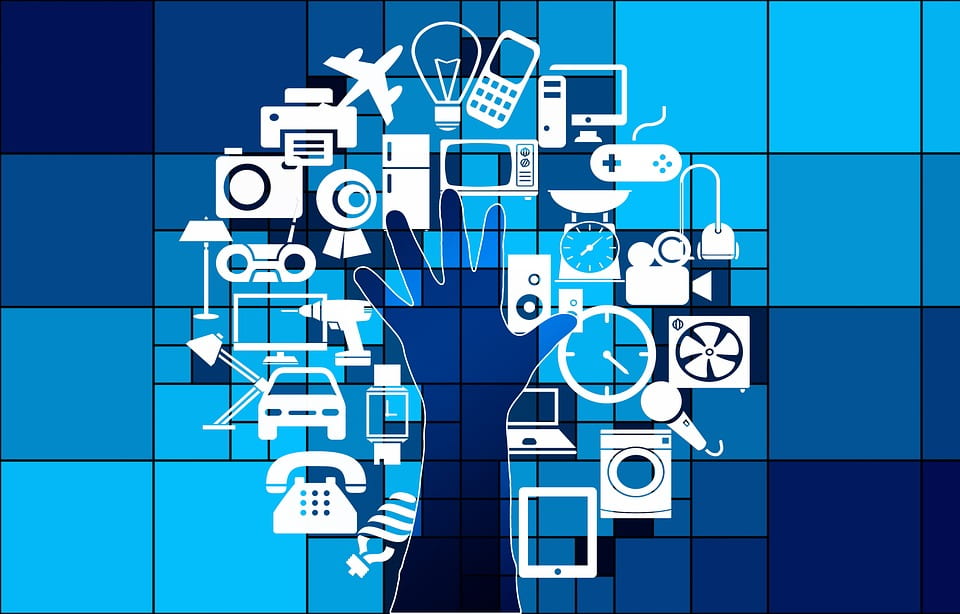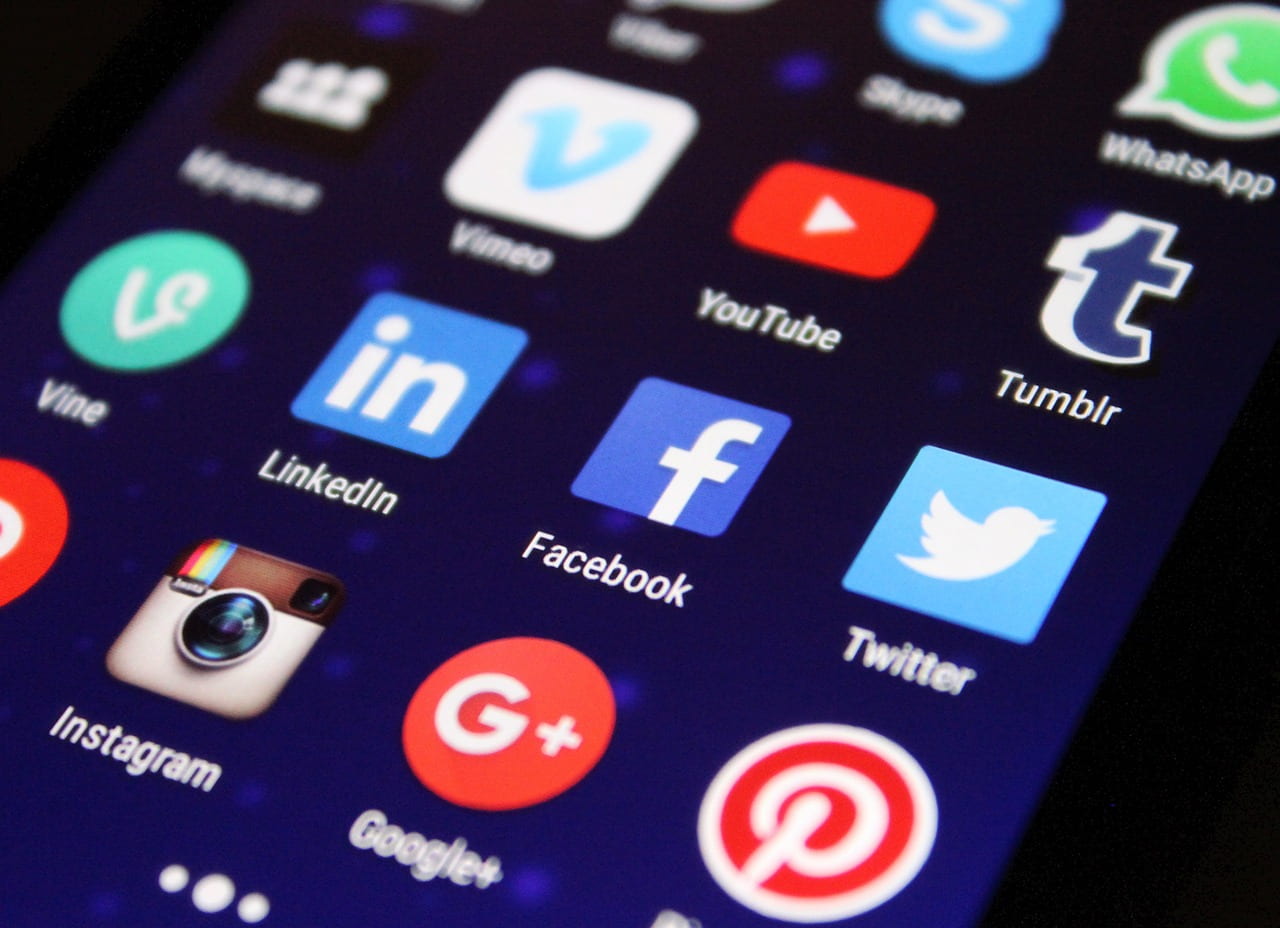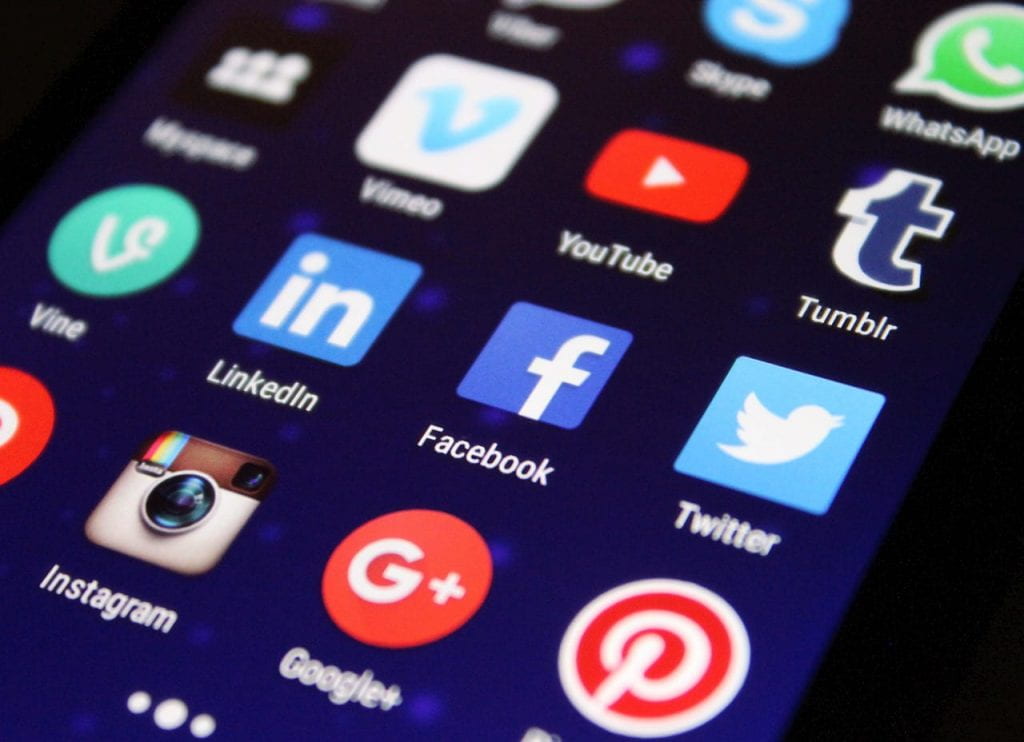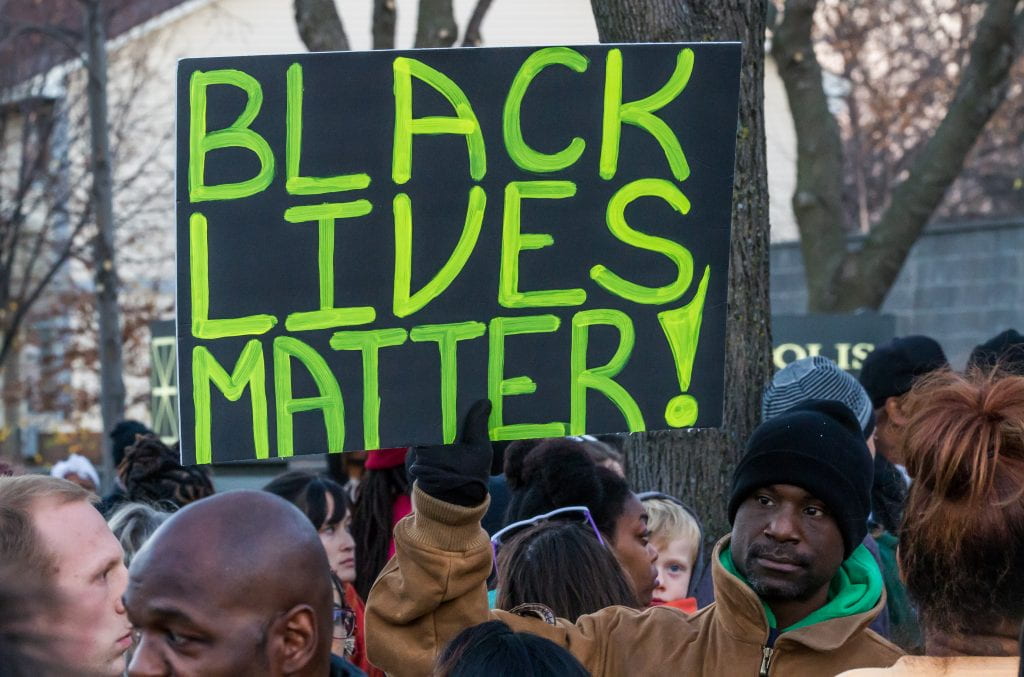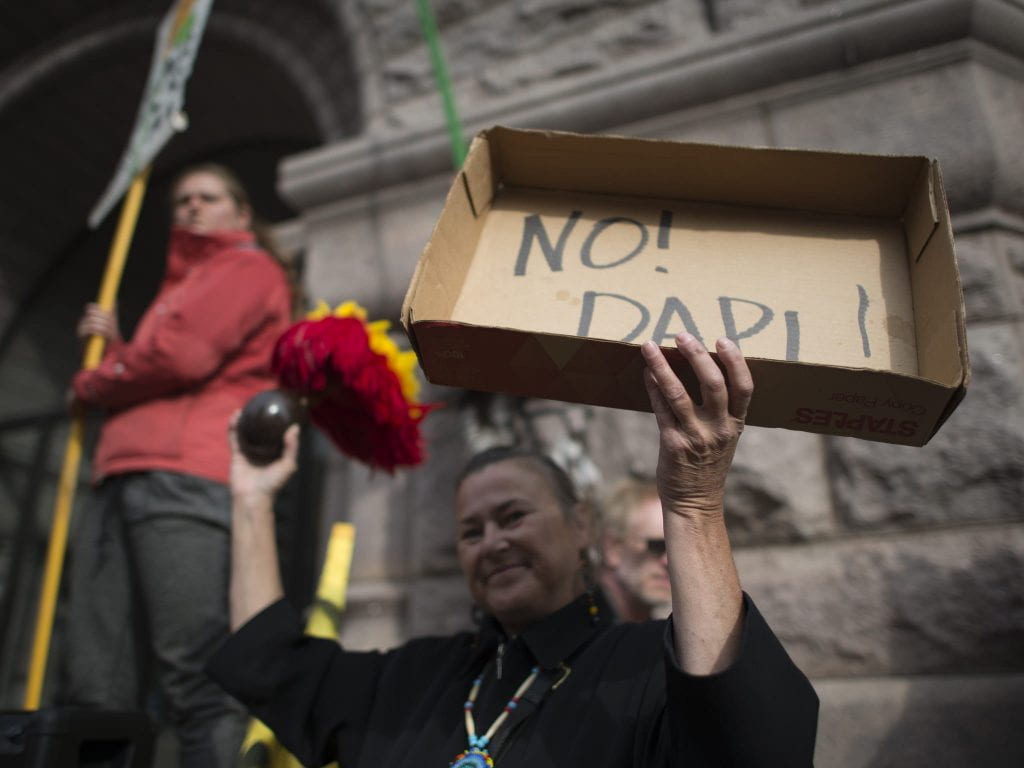
In the depths of the internet, a movement has quietly gained momentum. One that masks hostility toward women behind the guise of self-improvement and male empowerment. Known as the manosphere, this digital community includes online forums, podcasts, and influencers who promote “red-pilled” ideologies that reject feminism, question gender equality, and glorify dominance as a marker of masculinity. Though it began on obscure corners of the web, it has since widely spread into mainstream culture, shaping social attitudes, influencing algorithms, and redefining how millions of men see themselves and the women around them.
The 1999 film The Matrix featured the “red pill”, which has since become an ideology people use to describe their awakening to some previously hidden reality. Many male supremacist movements of today use this to describe their “realization” that men don’t systematically hold any power or privilege. Instead, they now know the “truth” that socially, economically, and sexually men are at the whims of women’s power. Around 2016, misogynist forums began to shift from a Red Pill to a Black Pill mentality. This belief system believes that looks are genetically determined, and that women choose sexual partners based solely on physical features, so whether a person will be in involuntary celibate or “incel” is predetermined. These ideologies have also become synonymous and adopted by far-right and white supremacist groups to describe their own versions of awakenings, whose worldviews often overlaps with male supremacist positions, such as antifeminism. The rise of the manosphere illustrates how digital platforms can undermine the broader project of equality in modern society.
To understand the manosphere’s rise, it is important to recognize the social insecurities that fuel it. Many young men today face economic instability, social isolation, and identity confusion. For some, manosphere spaces offer a sense of belonging and control in response to these insecurities. It’s done so by often framing men as victims of feminism, arguing that modern society has stripped them of purpose and authority. The American Academy of Child & Adolescent Psychiatry has noted that online radicalism often begins with loneliness, frustration, or a search for community. The anonymity of the internet makes engagement seem less risky. The manosphere is no different than any other extremist movements in the sense that it provides validation for personal grievances while redirecting that frustration toward a scapegoat. The problem is that what begins as self-improvement or dating advice often escalates into hostility toward women. Influencers whose entire branding is built around themselves being an “alpha male” teach followers that emotional vulnerability is weakness and that dominance is proof of worth. This toxic masculinity promotes emotional suppression and gendered resentment. What is masked as being something meant to empower men is wrecking their mental health. Now they find themselves in spaces where misogyny thrives, leaving them less equipped, not more, to engage in healthy relationships.
The manosphere’s rapid spread cannot be explained by ideology alone, it’s also driven by digital platforms themselves. Social media algorithms are designed to maximize engagement, and content that provokes outrage tends to keep users scrolling longer. This has made misogyny not only visible but profitable. Research from the Center for Countering Digital Hate found that Andrew Tate’s videos were viewed over 54 million times on YouTube alone, despite his content being banned for promoting violence against women. Even after content moderation efforts, snippets of his interviews and quotes reappear through fan accounts, keeping his ideology in constant circulation. Similarly, YouTube’s recommendation system has been shown to guide users toward this kind of content once they interact with one video in the genre. This isn’t purely accidental, but rather the outcome of algorithmic bias that rewards engagement over ethics. Outrage, anger, and fear generate clicks, comments, and ad revenue. The same platforms that are used to connect people have built ecosystems that reward division.

As you would probably figure, these ideas do not stay confined to screens. They spill into classrooms, workplaces, and politics. Educators have reported a noticeable rise in students, particularly boys, echoing red-pilled talking points, and engaging in misogynistic content. Young audiences become desensitized to the harm caused by gender discrimination. Manosphere language has also seeped into mainstream culture. Phrases like “high-value man,” “body count,” and “female nature” have entered everyday online conversations, often used to justify double standards or demean women’s autonomy. Podcasts, dating coaches, and influencers now preach the same narratives once confined to obscure message boards. This is proof of how digital misogyny has gone mainstream. Some women have also jumped on the bandwagon with trends such as the “trad wife” that revolve around women playing traditional roles within the home. Women have the choice to do so as they wish, but often times these women speak negatively of feminism and shame others who don’t share their beliefs. Political commentator Candace Owens has a book releasing in November of this year titled Make Him a Sandwich: Why Real Women Don’t Need Fake Feminism. She says we should destroy the feminist movement due to its toxicity that it imposes on other women. More concerningly, research from the Institute for Strategic Dialogue links online misogyny to real-world violence, including gender-based harassment and extremist acts. The 2018 Toronto van attack that killed 11 people and injured another 14, for example, was carried out by a man who identified with the incel community. His online activity revealed years of radicalization through misogynistic spaces that glorified violence against women. Digital radicalization is not an abstract issue, it poses a tangible threat to public safety, gender equality, and civic discourse.
Misogyny, whether online or offline, is fundamentally a human rights issue. It infringes upon women’s rights to safety, dignity, and participation in public life. Article 2 of the Universal Declaration of Human Rights (UDHR) states that all people are entitled to rights “without distinction of any kind, such as sex.” When misogynistic ideologies are monetized and spread unchecked, they compromise that promise by turning online spaces into spaces where hostility and exclusion can thrive. UN Women and The Commission on the Status of Women has warned that technology-facilitated gender-based violence “results in or is likely to result in physical, sexual, psychological, social, political, or economic harm, or other infringements of rights and freedoms.” Despite these warnings, few countries have comprehensive frameworks addressing gendered hate speech online. In the United States, content moderation is left to the discretion of the company. Ensuring equality in the digital age requires that online platforms uphold the same human rights standards expected in other public spheres. Stronger moderation policies and support for digital literacy programs could help to counter the spread of misogynistic content.

The manosphere’s rise reveals a deeper truth about the internet: technology is never neutral. The same tools that connect us can also divide, radicalize, and dehumanize. Allowing misogyny to thrive online is not just a cultural issue, it is a moral one that erodes human rights principles at their core. As users of these social media platforms, we must challenge misogynistic rhetoric when we see it. From a human rights standpoint, more media literacy should be taught within schools, and governments must enforce accountability standards that prioritize safety over profit. If we want a society that values both freedom and fairness, we need to ensure that the technology we use serve those ideals—not undermine them.
